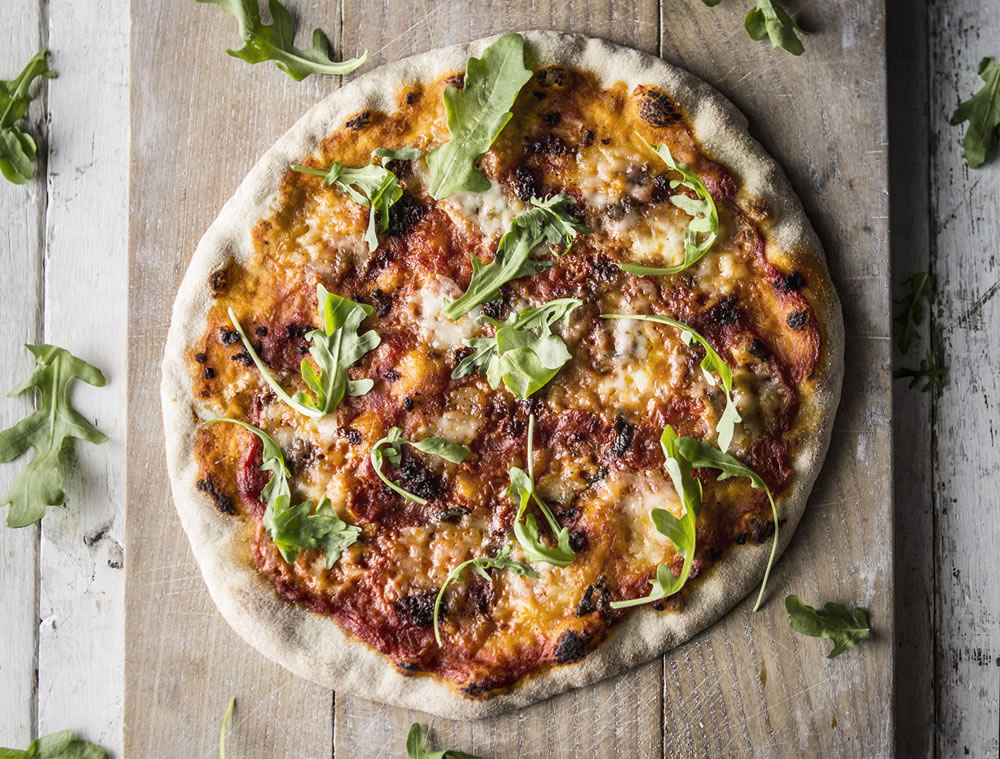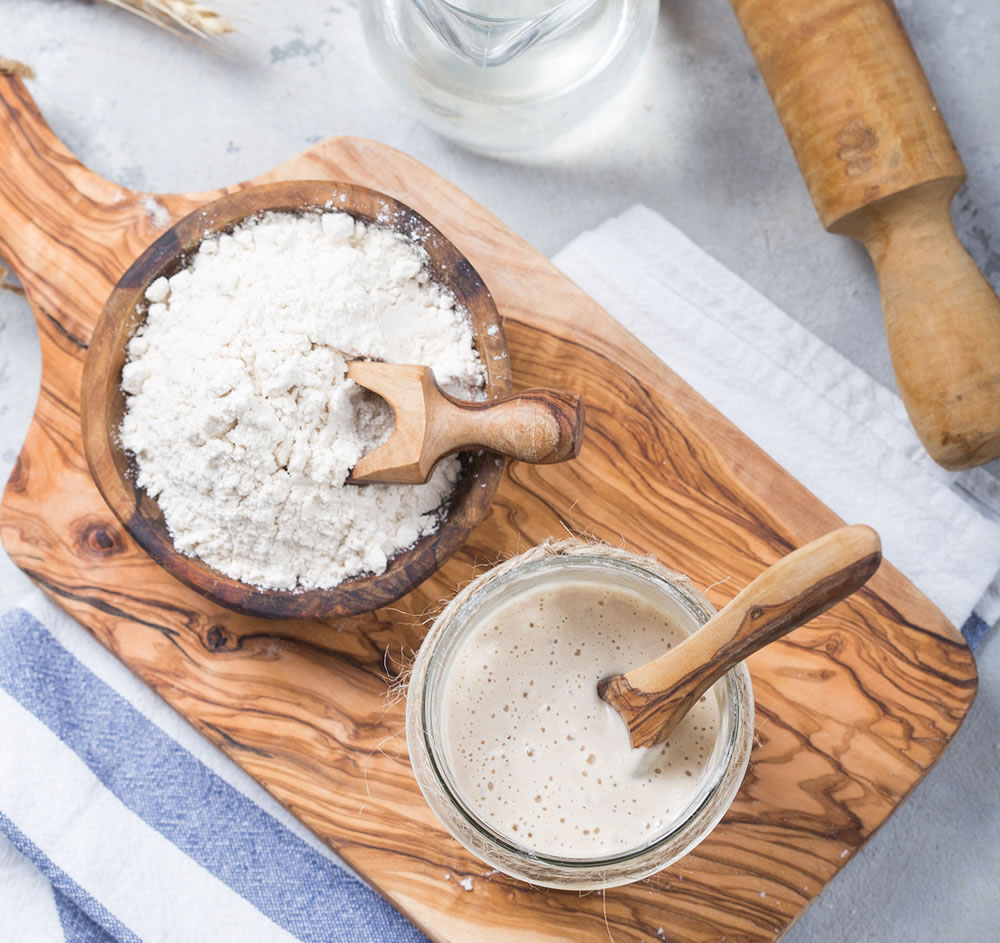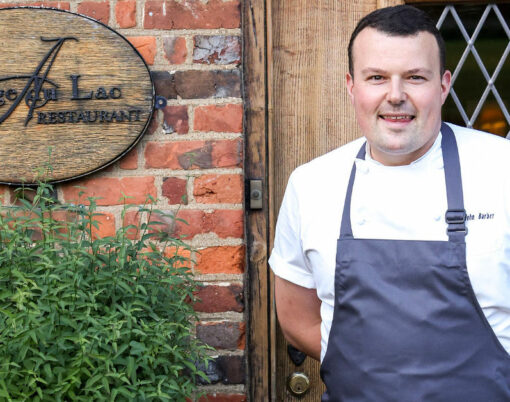Pizza is a firm favourite among many; whether you’re looking for a quick, tasty dinner, a comforting takeaway treat or even a gourmet version of Italy’s simple classic dish.
In recent years, pizza has evolved into an artisan dish for many, with wood fired ovens making an appearance in many eateries, ready and able to offer an array of delicious stone baked goods with a sophisticated selection of toppings.
We’ve teamed up with high-end domestic appliance brand, Miele to offer you a delicious sourdough pizza recipe that you can whip up at home in your oven. A little time and patience is required, but the end result will be so worth it.
Ingredients
400g strong white flour
275ml tepid water
1 tsp. extra virgin olive oil
30g sourdough starter (see the below guide)
10g sea salt
Method
1. Combine the flour, 250ml of water and oil in a bowl and mix until everything is incorporated and there is no dry flour left. Cover the bowl with a tea towel and leave to one side for 30 minutes. At this stage we are not kneading, we are allowing all the flour particles to absorb the water in a process called autolyse.
2. Add the remaining water, sourdough starter and salt and incorporate into the dough. Knead the dough now for 5 minutes or until smooth and elastic (this step can be done by hand or if you have a food mixer, do it with the dough hook attached on a medium speed).

3. Transfer the dough into a bowl and cover with a damp cloth or cling film and leave at room temperature overnight or up to 18 hours (the longer that you leave the dough to ferment, the better the flavour will be).
4. When ready, tip the dough onto a floured surface and divide into 4 equal pieces and shape them into tight round balls. Cover with a tea towel and leave to rest for an extra two hours.
5. Preheat your oven at 250˚C (if using a Miele oven, set on Intensive Bake) with the baking tray on the second shelf.
6. Dust your worktop with a little flour and flatten and stretch the dough either with your hands or with a rolling pin.
7. If you don’t have a pizza peel, the easiest way is to place your dough on top of some baking parchment. Add your tomato sauce, mozzarella and desired toppings and then transfer into the oven. It is perfectly fine to bake the pizza with the parchment paper underneath. Bake for 8 – 10 minutes and repeat with the remaining ones.
How to make your own starter
Sourdough is extremely popular and once you get your starter alive, it will pretty much last forever as long as you keep feeding it. Follow the below steps for about a week until it’s ready.
1. Use a glass jar or container and weigh 50g of strong bread flour and 50ml of water at room temperature. Stir to form a rough dough, it doesn’t need to be completely smooth, just no dry patches of flour and leave the mixture uncovered somewhere draught free in your kitchen for 24 hours.
2. The following day, discard half of the mixture and add another 50g of flour and 50ml of water and stir well. Leave uncovered, once again, for another 24 hours.

3. Repeat this process for a total of five days, always with the jar uncovered. By this time, you will see some bubbles in the jar, and that is the indication that the yeast is developing.
4. Now, for a few more days, you will need to do this process twice a day until the starter is alive and bubbling a few hours after it has been fed. This is what we call the active starter.
At this point, and if you’re not going to bake bread on a daily basis, you can keep your starter in the fridge and feed it once a week to keep it alive. A feed will be the same process that you’re used to, but now that the starter is alive and active, you want to remove three quarters and replace it with the same amount of flour and water. Rather than discarding the starter, you can use them as a base for a savoury sourdough pancake, fried gently in some oil and topped with spring onions and sesame seeds.
Some common mistakes people make when they bake sourdough is using the starter when is not fully active and there is a very simple test if you want to see if the starter is ready. It’s called ‘the float test’. All you need to do is drop a spoonful into a bowl of cold water, if it floats, you can make the dough, and if it doesn’t, leave the starter uncovered a little longer until ready.
The process might seem a little long to start with, but it’s extremely rewarding and it’s almost magical how, just by combining flour and water and waiting a few days, you can make such lovely bread. If you have family or friends who are keen bakers, you (or them) can share their starter as this is something you will not be able to buy in any shop.






















